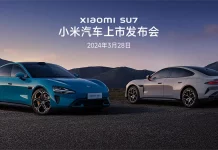Finally! Yes, the Xiaomi Mi Mix 2 it's a phone. Where do I start? First of all, thanks to For XioamiShopthat the device has been handed over for testing. Although they didn't really respond honestly to my suggestion of a breakage test - so I skipped it - I tried to get the baby to undergo an all-round test. I gave it back with mixed feelings, I'll explain more about that in the test, but let's not drag this out, let's get involved, let's have a good mix!
What can we know about the second generation Xiaomi full-screen phone?
| Design | |
| Size | 151.8 x 75.5 x 7.7 mm |
| Weight | 185 g |
| Useful interface | 80,8% |
| Material from | Ceramic back with steel frame |
| Available colours | black, or full ceramic for the "Special Edition" white colour also |
| Display | |
| Display size | 5,99″ |
| Display type | IPS LCD |
| Display resolution | 1080 x 2160px (18:9) |
| Pixel density | 403px pixel density |
| Performance and hardware | |
| Processor | Qualcomm Snapdragon 835 (2.45GHz) |
| CPU | Dual cluster cryo 4×2.45GHz + 4×1.9GHz |
| Processor cores | Octa-Core |
| Processor frequency | 2.45 GHz |
| Graphics processor | Adreno 540 |
| Memory | 8 GB |
| Antutu test result | 175.321 |
| Repository | 256 GB (usable space - 249-255 GB depending on ROM version) |
| Sensors | Fingerprint reader, accelerometer, light and proximity sensor, compass, barometric pressure gauge |
| Memory card | None |
| Main camera | |
| Resolution | 12MP |
| Aperture | f/2.0 |
| Flash | Dual LED (two-tone) |
| Services | 4K Video, Continuous autofocus, Optical image stabilisation, Digital zoom, Exposure compensation, Face detection, Geotagging, HDR, ISO settings, Macro scene mode, Manual focus, Panorama mode, White balance adjustment, RAW lossless capture |
| Slow motion video | Van, 720p/120.0 fps |
| Selfie camera | |
| Resolution | 5 Mpx |
| Contacts | |
| Networks | 4G LTE: 1(2100), 2(1900), 3(1800), 4(1700/2100), 5(850), 7(2600), 8(900), 12(700), 13(700), 17(700), 18(800), 19(800), 20(800), 25(1900), 26(850), 27(800), 28(700), 29(700), 30(2300), 34(2000), 38(2600), 39(1900), 40(2300), 41(2500) 3G: 800 / 850 / 900 / 1700(AWS) / 1800 / 1900 / 2100 MHz |
| SIM card | Dual SIM, Dual Standby (Nano SIM + Nano SIM) |
| Wi-Fi | 802.11 a/b/g/n/ac, dual-band, WiFi Direct, hotspot |
| Bluetooth | Bluetooth 5.0, A2DP, LE |
| Navigation | A-GPS, GLONASS, BDS |
| USB | USB Type C connector, USB On-The-Go (OTG) |
| SAR | |
| Other | NFC |
| Battery | |
| Capacity | 3400mAh |
| Type | Li-Polymer |
| Other | Quick Charge, Serviceable, Qualcomm Quick Charge 3.0 |
| Software | |
| Operating system | MIUI V9 (Android 7.1) |
DOBOZ
Xiaomi has packed its latest special in its usual cardboard box, just like the last one, in a stylish black colour, slightly different from the last one. Interestingly, the box doesn't say it's the second version, just simply MIX logo with gold dotting.
In terms of contents, you get almost the same thing as the phone: fast charger, USB cable (Type-C), Jack converter, SIM pin, case, manual. A slightly different arrangement, not underneath each other but next to each other. The case will play the biggest role of all, we'll get to that later.
THE PHONE
I must say that it is beautiful in its simplicity. No frills, clean and elegant. The ceramic back is beautiful, with a perfect premium feel when held in the hand. However, this advantage is lost if your hands are dry, as there is not enough grip and the glass-ceramic is very slippery. So the use of a case is highly recommended (case first advantage)! Its nicely curved corners and the brilliant design of the subsequent glass screen are not far from the rest of the Mi series (Mi5s, Mi6 have a similar design). But here it's not just the glass surface that reaches the thin coffee, but the screen itself. Compared to its predecessor, however, the edges of the screen and the casing are thicker and therefore less vulnerable to physical impact.
You can see that the frame of the successor is a bit fatter than the predecessor, the corners are more curved and the screen size has shrunk. The Mi Mix is 6.4″, while the Mi Mix 2 is 5.99″, and weighs only 187g (ceramic casing), compared to 209g for the first version. The screen-to-body ratio has decreased from 84.7% to 78.38%, but the pixel density has increased from 361 to 409 ppi, so the Mi Mix 2's image is sharper. The resolution of both is FullHD, only the Mi Mix 2's 18:9 aspect ratio has increased the number of longitudinal pixels from 2040 to 2160. There will be problems with this, we'll come back to it later.

The ceramic back provides a better and more secure grip due to the 3D rounding and doesn't "cut" the palm, but the material of the back is not missing the slip of the material, even with the first Mi Mix, I was looking for the case when I first held it in my hand, so it wouldn't slip. This is no different with the second one, and the use of the case that comes with it - sacrificed on the altar of design - is highly recommended. The camera-blind-fingerprint trio remains almost perfect in terms of placement, with the only change being the camera. The fingerprint reader is just as fantastic, fast and the dual-tone LED flash in all situations helps the camera to capture dark situations with better lighting.
CAMERA
The resolution of the Mi Mix 2's camera has been reduced from 16 megapixels to 12, but thanks to the Sony IMX 386 sensor, there's not that much difference in quality, although this is a satisfying answer for the layman, but anyone with a bit of knowledge will immediately notice the differences. Let's see some comparison shots of the two Mi Mix cameras in normal light, zoomed out.
You can decide for yourself which one is better based on the test pictures. The Mi Mix has a sharper and larger image with a higher resolution, but the Mi Mix 2 is perhaps more vibrant in colour, sharper but noisier. The same is true in low light, but it's far from unacceptable. Here, in my humble opinion, the Mi Mix 2 performs better.
The Mi Mix 2 is noisier in low light, but it's sharper and colour vibrancy is not compromised. Here too, the balance tips towards the Mix 2, knowing that the pixel count is lower. Numbers are never the deciding factor in the quality of the final image. The optimised algorithm and the software optimisation (MIUI) make a big difference
But to be objective, let's compare it to its biggest competitor, the Apple iPhone X, in the same low-light conditions.
Na igen. Bizony már nem a hardveres különbségek miatt láthatjuk, hogy az Apple üdvöskéje teljesít jobban, hanem a képfeldolgozás szoftveres oldala. Nem, nem megmagyarázni akarom, hogy miért teljesít alul a Mi Mix 2 az iPhone X-el szemben, hanem mint az jól tudjuk a MIUI képfeldolgozó algoritmusa állandóan fejlesztés alatt áll, és a heti fejlesztői frissítésekkel hol jobb, hol rosszabb. Igaz a teszt alatt a MIUI9 első stabil global rendszere volt fent, de mivel ezelőtt nem igen volt más, így ez is még erősen fejlesztés alatt áll. Egy szó mint száz, kamerában jobb az iPhone X! Árban is! :D
Now here are some real-life images I shot on the street the other day in sunlight, in the dark, in low light, indoors, and where everyone would use it.



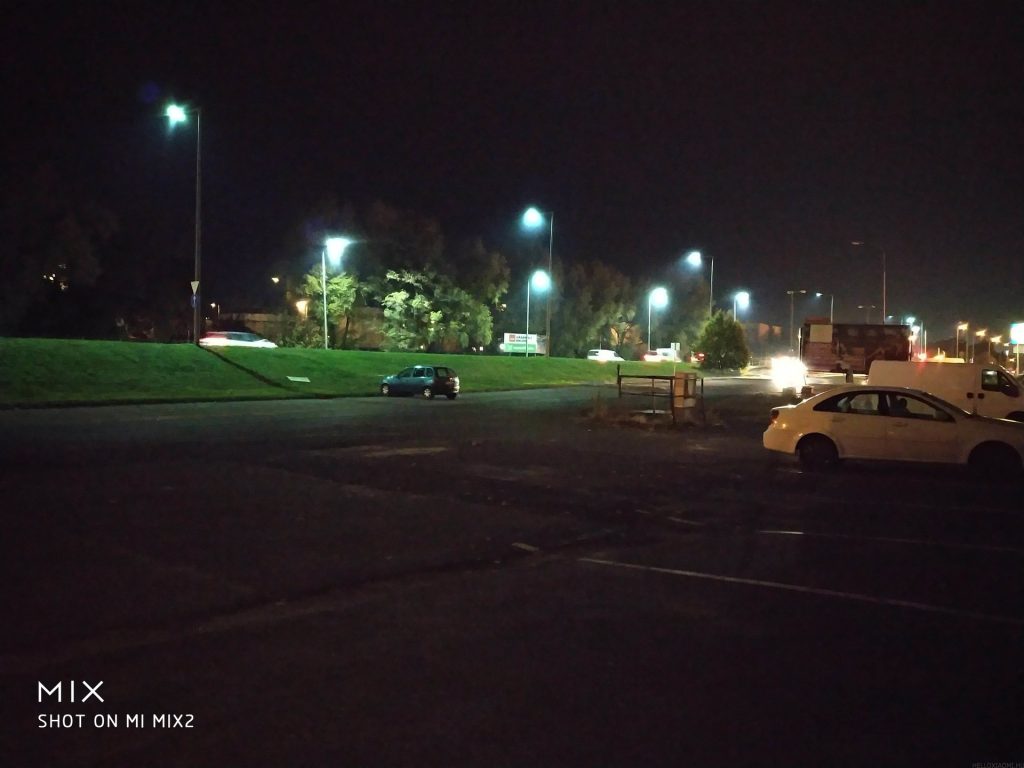
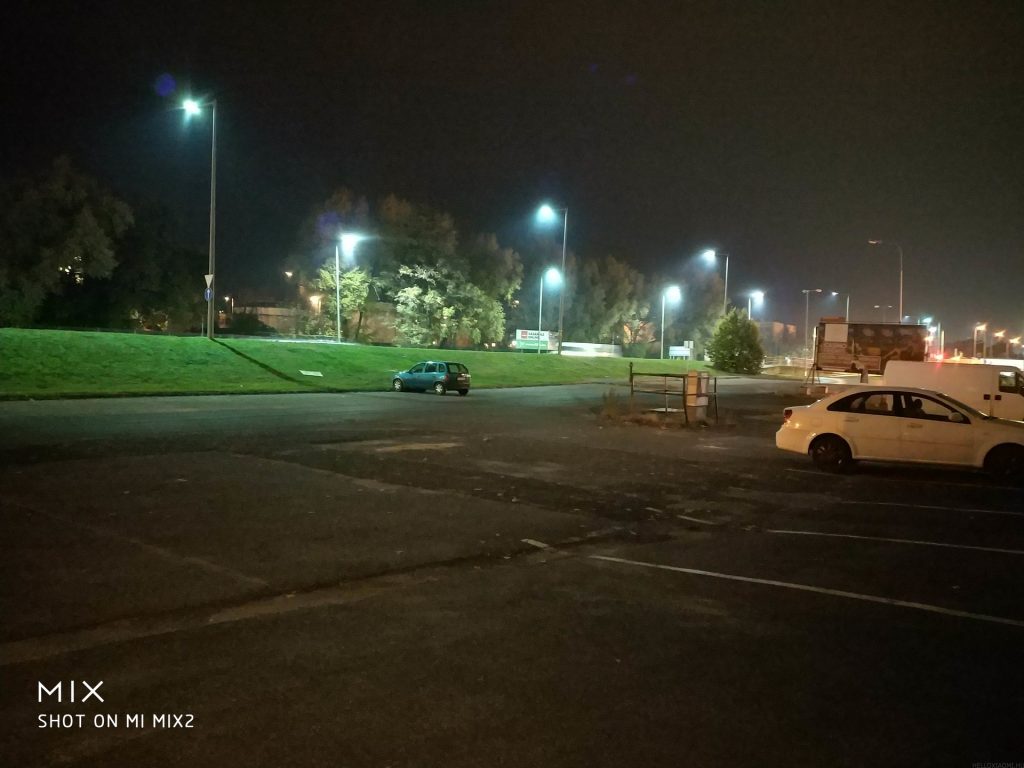
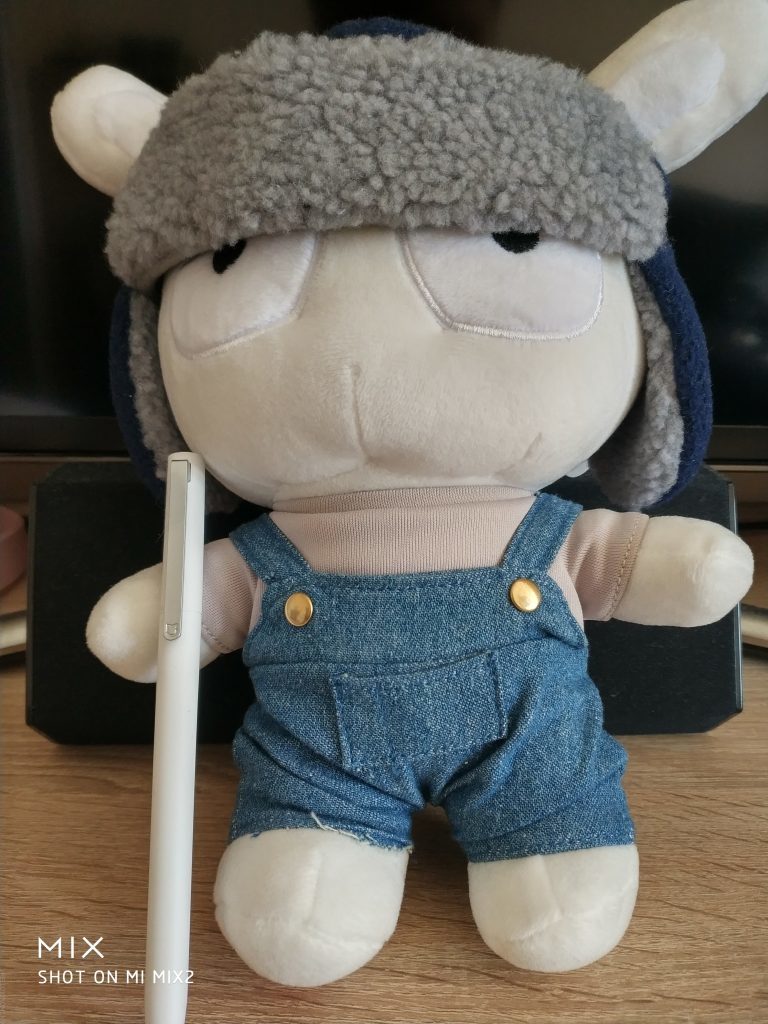

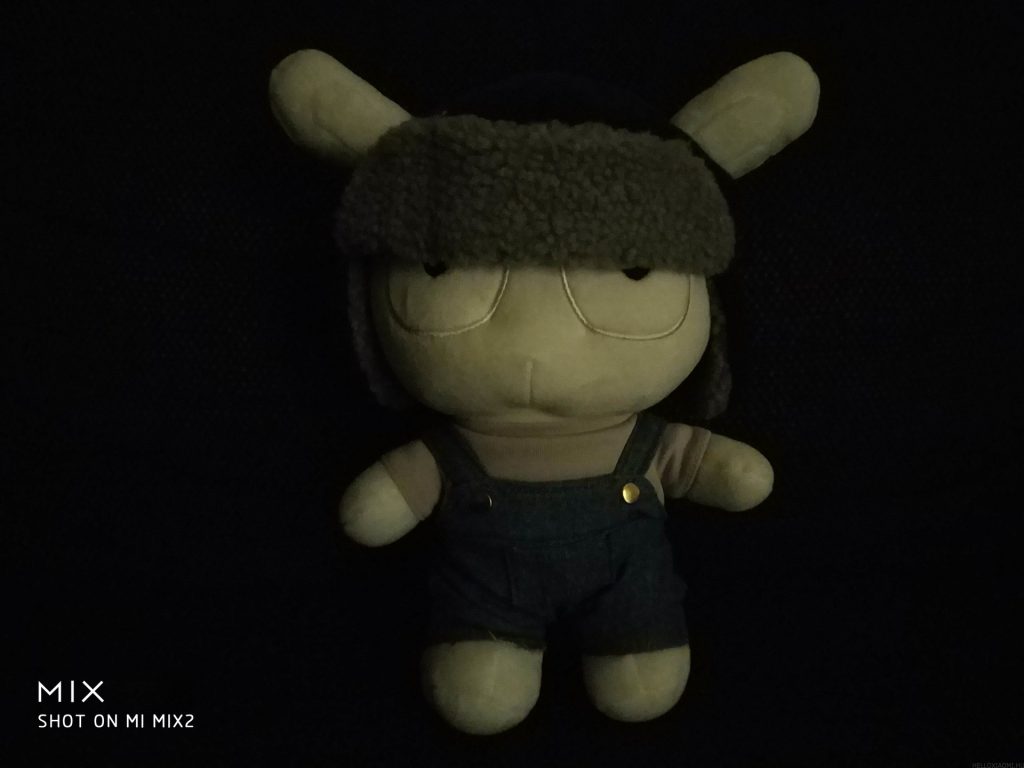

Conclusion
The camera on the Xiaomi Mi Mix 2 is average, good quality, but not outstanding. That's not really the point of the device, but it's not to be dismissed. I'll say a few words about the design. Unfortunately, the Mi Mix 2's camera doesn't fit inside the case and sticks out from the back plane, just like all the iPhone cameras of the past years.
But this can be remedied with the included case! The case again, that's the second advantage!
MIUI 9
When the device arrived, it came with the MIUI 8 Stable global, which I almost immediately replaced with the new MIUI 9 developer global ROM. I felt it necessary to test it with the latest system, although it will surely be available in stores with the stable rom and users can start using it. Most people will definitely upgrade for the new features and functionality. However, the biggest shock was that although it is called global, it is not even Chinese region only and full of Chinese applications, so we get a "globalized" Chinese rom from the manufacturer. A huge black mark.
After the Mi6, I was not surprised by the speed of the system. True, in everyday use I have a Mi5s, so there is no noticeable difference, only if you really load the system (this is where the excellent MIUI optimization comes into play on the weaker iron). The same SoC is running in the Mi5s and Mi Mix phones, so I have some insight into the difference between the SD821 and SD835. Now for the Antutu favourite part of the hussars, comparison of performances. The first test was run with the first installed developer global rom, after a clean install.

166.913 is not a staggering figure for this chip (the web is full of better scores). The Qualcomm reference device scored over 180,000, while the OnePlus 3T and Google Pixel XL scored below that, thanks to MIUI optimization. But then came a lightning update on Monday, which is not a usual time, but by then I had already loaded up my apps. I was intrigued and measured it again. Shock...

8.408! point difference from a small adjustment, I got no spark. But even then, it's still not up to the new iPhope X (the software is different). As it stands, the manufacturer is in fifth place in the September world rankings.
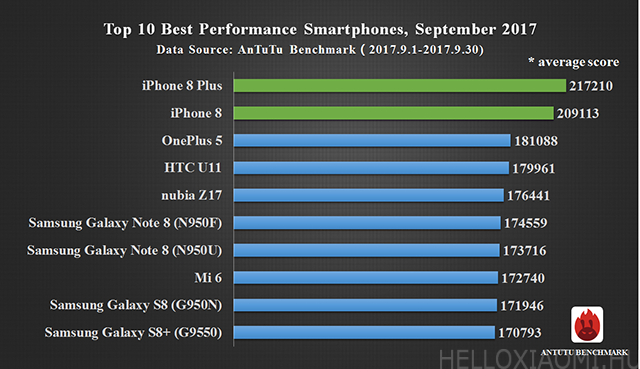
Fura nem? A Xiaomi sosincs feltüntetve ezeken a listákon… :) De legalább az összes Samsungot kenterbe veri!!!
PICTURE BOOK
As I wrote above, the Mi Mix 2 is a fantastic improvement in image quality, with a pixel density of 409 ppi compared to other Xiaomi devices. Its current rivals such as the iPhone X are 458 ppi, the Samsung S8 Plus 571 ppi, except for the iPhone 8 series which is a paltry 326 by comparison, while the Plus version is 401 ppi.
Different from Mi Mix. Very. Bigger size, nicer picture, rounder corners. It's true that in comparison, it doesn't feel like WOW anymore, it's more like simple satisfaction, and if you want to switch, I recommend you hold it in your hand first to feel the small step back and decide how it fits. But the 18:9 aspect ratio is not always a blessing, it's true, there's more space on the screen, bigger pictures, videos, more icons. But! Unfortunately, not all apps support the resolution yet, and unfortunately, there can be graphical gaps. One of my favourite games at the moment is Angry Birds 2, which I played on Mi5s, ported to Mi Mix 2 and was a bit of a surprise. Unfortunately, the game does not support this resolution, aspect ratio and sometimes some important elements stick out of the screen.
Either the software is badly made, although I highly doubt it, as this software company (Rovio) didn't just start in the business. Yes, the resolution is to blame...
The other annoying solution is software buttons. It's true that many times I felt I was a creature of habit, pressing the thin coffee at the bottom instead of the screen, as the software buttons are not always visible. You can activate them with a swipe, but you can also move the content on the screen or launch another app. As well as having to be lured out, there were a few apps where it didn't work as it should have. When pressing the usual "Back" button, the app wouldn't back out and wouldn't quit. It had to be pushed out of the running apps after pressing the Home button. If this is an app you use on a daily basis, it can drive you crazy.
HANG, MICROPHONE
A Mi Mix 2 hangszórói az Mi sorozat jegyeit hordozza, alul az USB-C csatlakozó mellett helyezkedik el, ez is mono, mint eddig, Mi5s, vagy a Mi6 esetén. Viszont örökölte a Mi6-ból a horizontális állapotban aktiválódó (bekapcsolható) beszédhangszóró “rásegítést”, és így sztereóban hallgathatjuk a játékot, filmet. A hang erőssége itt is gyengébb, mint a fő hangszóró, mint azt az Mi6-nál érezhettük. Heves játék közben meg folyamatosan befogtam a fő hangszórót, ami kissé visszavett a játékok élményéből, az asztalra állítva is veszít a hangerőből. Hát igen, Redmi Note 3 után, aminek hátul helyezkedik el ilyen problémák nem merültek fel. Tudom, egyéni szoc probléma. Apropó Redmi Note 3, pontosan akkora mindkettő (Redmi Note 3 és a Mi MIX 2)! :)
Első fogásra teljesen olyan érzésem volt, mintha a jó öreg Redmi Note 3 lenne, csak bazi nagy kijelzővel (előrevetítve a majdani Redmi Note 5 méretét). :D
I digress, sorry.
The Mi Mix has two microphones, one at the bottom and one at the top. The top one is for noise reduction. Unfortunately, I couldn't do a perfect test on it, it was perfect for phone calls, but for loud music it behaved similar to the Mi6. I was hoping to go to a disco, but I had to miss it...
CONTACT
There's no 3.5mm Jack so if you want to use your favourite earpiece, you'll need to use the included converter. That's fine, sometimes it was more comfortable to use the phone while listening to music than the Mi5s, which has the headphone jack on top. However, there is a small problem with this. Not all Xiaomi earbuds are in the MiSound enhancer list, just mine, the Piston 3. Black dot. I'll hopefully include it in a future update. If you get over this mentally, just after that comes another software bug, turning off the screen turns off the module responsible for sound enhancement and turns it back on after about 4 seconds. On notifications, the same thing happens, it takes the volume down immediately, unlike other phones with mature MIUI9, it turns it down a bit and then back up again.
Wifi works perfectly on 2.4 and 5 GHz, luckily I managed to get the Mi Wifi router 3G Xiaomi router to work with the Gigabit Digi. It split as described in the big book.
Bluetooth 5.0 really delivers the level of performance you expect. Faster connection to BT devices, longer range, more balanced connection. Mi Band 2 was a pleasure to sync with, faster to connect and transfer data, although not as spectacular (The Mi Band 2 doesn't support Bluetotoh 5.0, so it was like copying to a USB 2.0 port on a 3.0 flash drive. There was a noticeable speed increase, but it didn't bring the technology to its maximum potential)that it should be shown, but noticeably.
The need for a USB-C port is still debatable, but its benefits are great. Fast charging does bring some benefits if you have a suitable charger, but there are also mixed opinions about battery life. Some argue that fast charging - can lead to a rapid dip, at least compared to slower charging. The USB to Jack converter fits, no wobble, and the Jack socket is also good. The Piston 3 plug fits snugly.
ACCOUNTANT
The battery of the Mi Mix 2, like almost everything else, has been reduced compared to its predecessor. While the first Mi Mix had a 4400 mAh battery, the Mi Mix 2 has only 3400 mAh. The Mi5s, which is currently in daily use, boasts 3200 mAh, but the weaker iron makes you think it can deliver a similar immersion. But it's not. The Mix 2 is a lot more frugal thanks to the Snapdragon 835 chip, but even with a screen almost twice the size, it doesn't eat any more. I ran several tests, the first one is not conclusive, because I didn't carry it around with me, I just used it at home with my everyday apps, Facebook, Messenger, Hangouts, YouTube, games, photos, videos, forums, etc. and this is the result.
It wasn't a good choice, and it didn't produce outstanding numbers. On the other hand, after that I moved to full, 2 SIM cards, Mobilnet and daily use.
Still, it's a slightly better result. I have to add that at my workplace there are very thick reinforced concrete walls, mobile signal strength varies between 2-3, sometimes it goes completely off and the mobile net is only EDGE. There is wifi nearby, but the speed is not very good either, so it keeps switching back and forth. And the constant touching, getting to know each other and pointing at each other required more use than it would have on an average day. Another issue is that the system stability and power management is still in beta, as is MIUI9. We know that this is something they try to remedy week by week, with varying degrees of success, but it mostly improves.
CONCLUSION
This is a great phone! It will be. If they fix those small but annoying problems and everyone catches up with 18:9 aspect ratio support. If we get past those mentally, it won't disappoint. Everything is fast, smooth, incredible. For those switching from the previous version, it's a slight disappointment externally, but nothing internally. But you can choose what you like best. However, if you are thinking about buying a phone with a big screen and you have the money, I can honestly recommend the Xiaomi Mi Mix 2 phone, because it is very worth the price! Speaking of prices. When the Mi Mix 2 was released in China, the most powerful version was priced at 3999 yuan, or around 600$, while the weaker one was priced at 3299 yuan, or around 495$. Here at home, the Mix 2 (6/128GB), with a price tag of around 200,000 HUF, is waiting for its prospective new owner on the shelves. If someone would rather go for a domestic distributor and a Hungarian warranty instead of a Chinese one, the you can buy your phone here.
Saving money is not worth it at the moment, as replacing the ROM is beyond the knowledge of a single user. Only a skilled MIUI expert can open the bootloader normally (not as easy as with other Redmi's)


















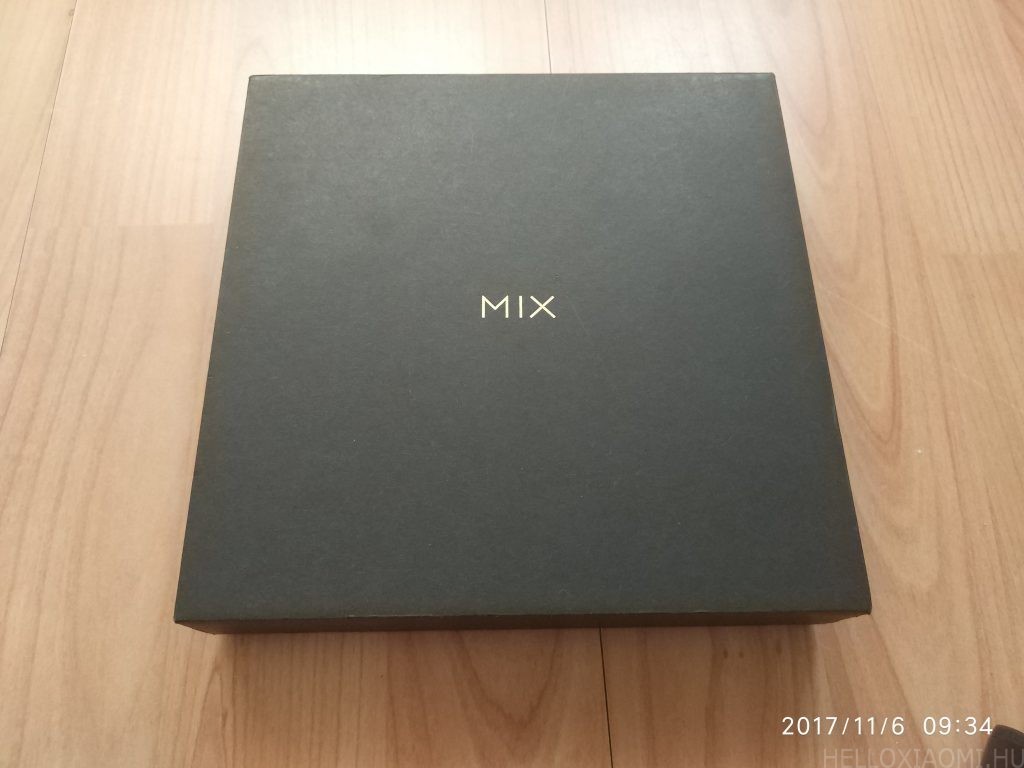
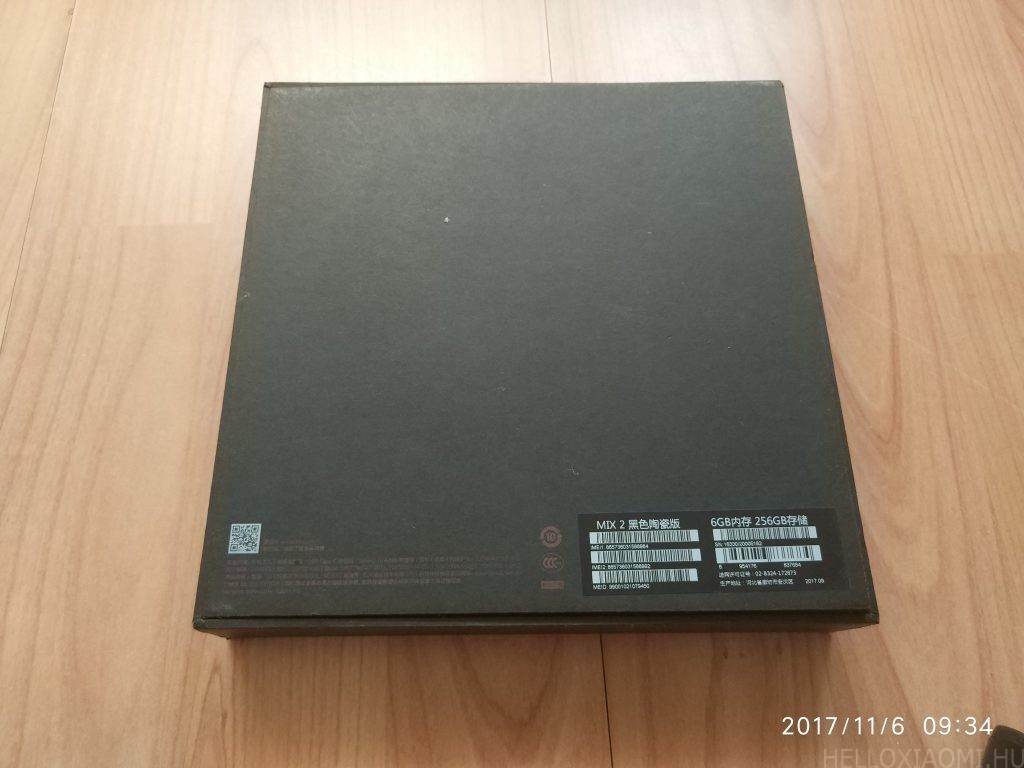

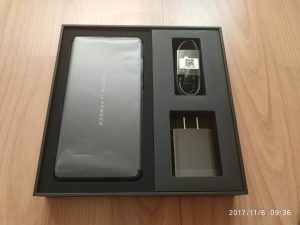

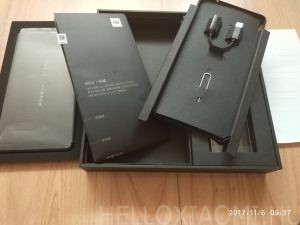

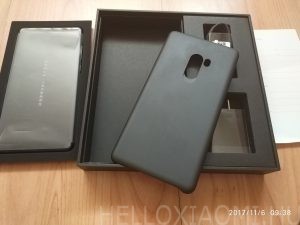
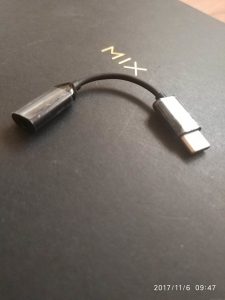
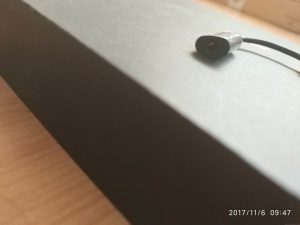

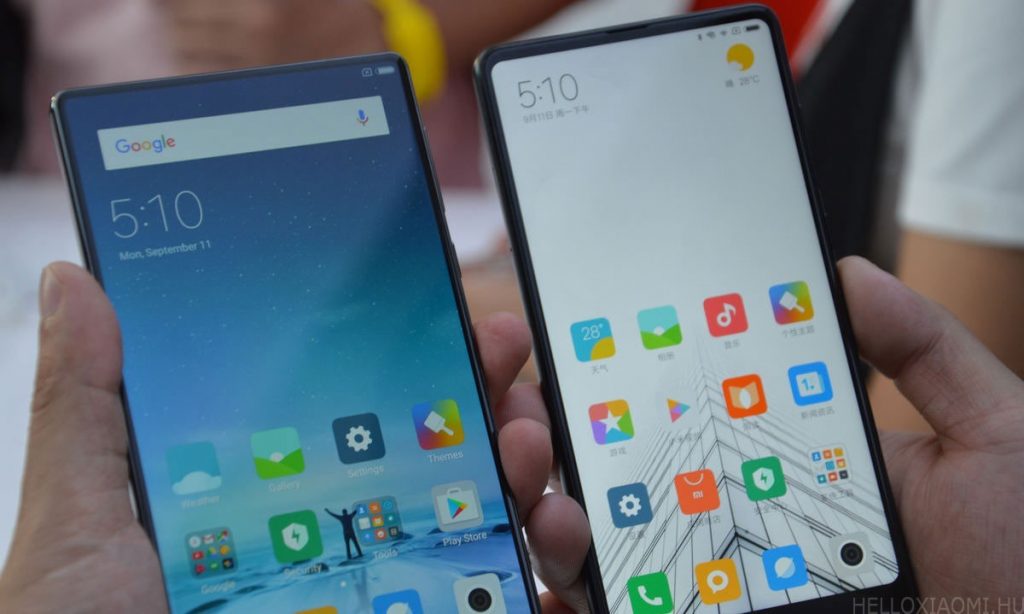

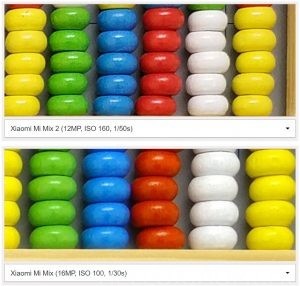
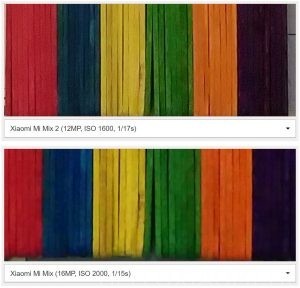
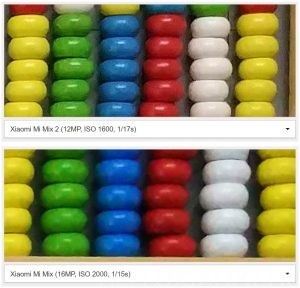

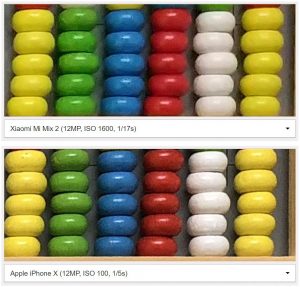






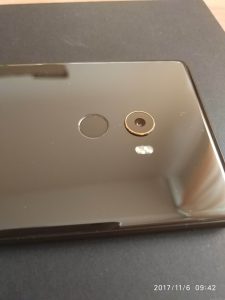

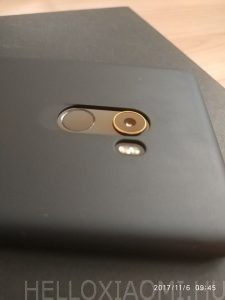
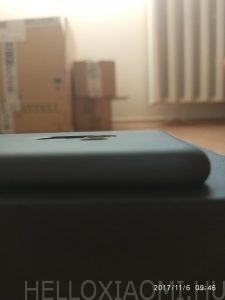


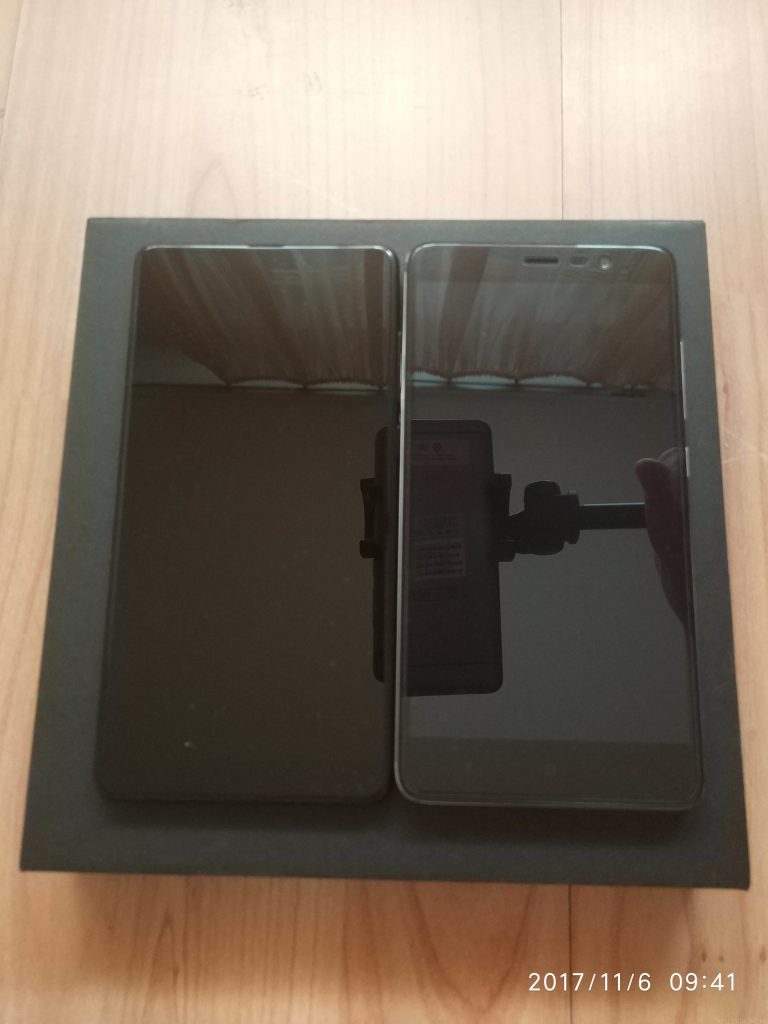
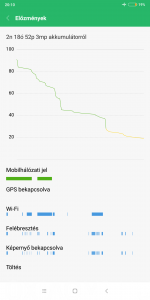

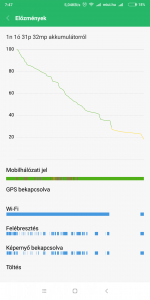

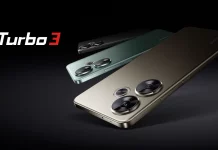
![[148] HyperOS heti hibajelentés](https://helloxiaomi.hu/wp-content/uploads/2024/04/hyperosbugreport148-218x150.webp)
